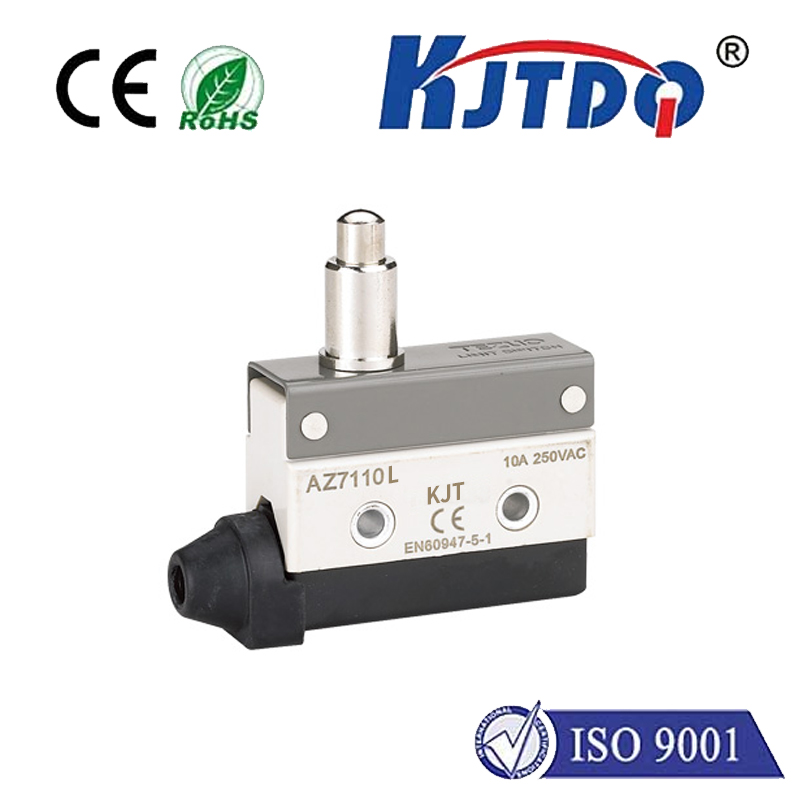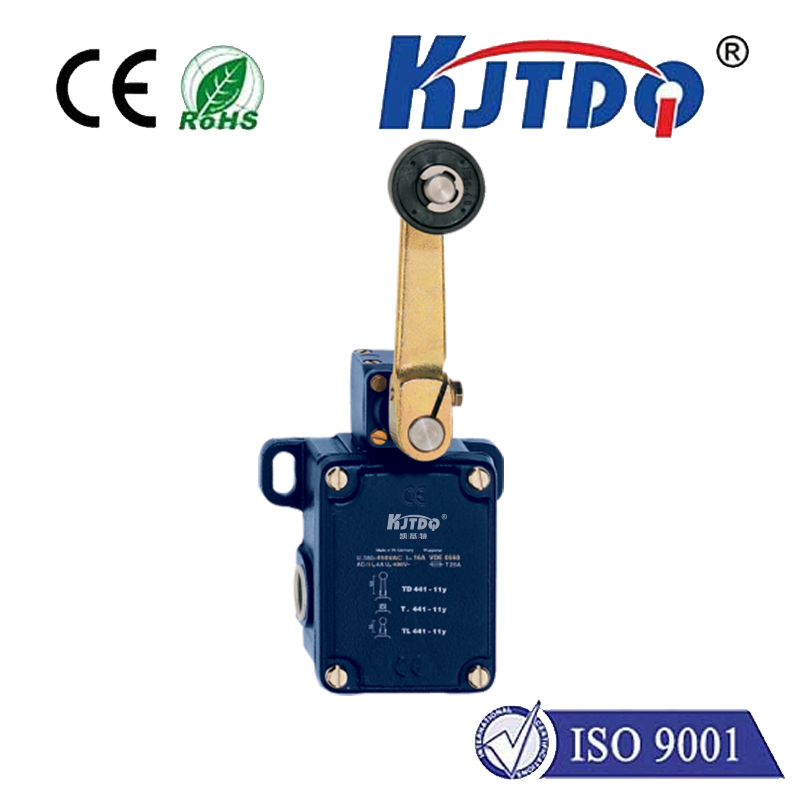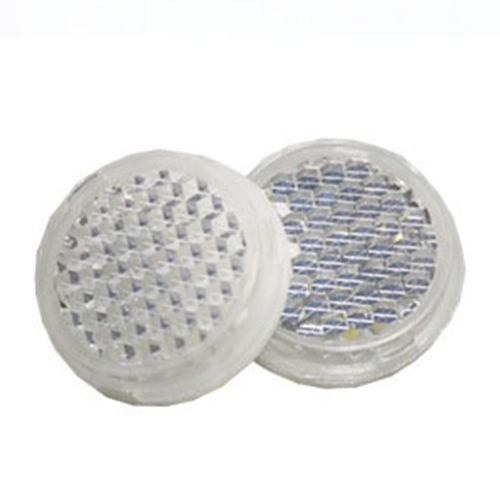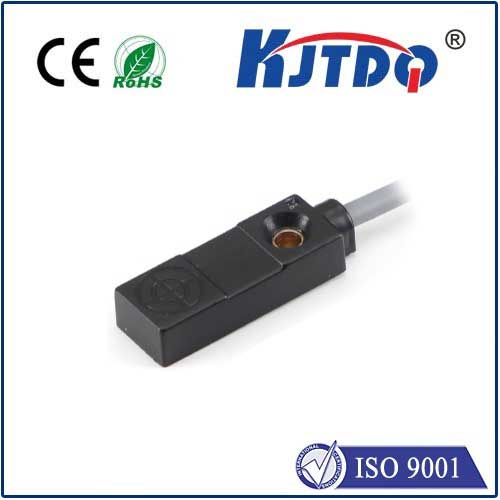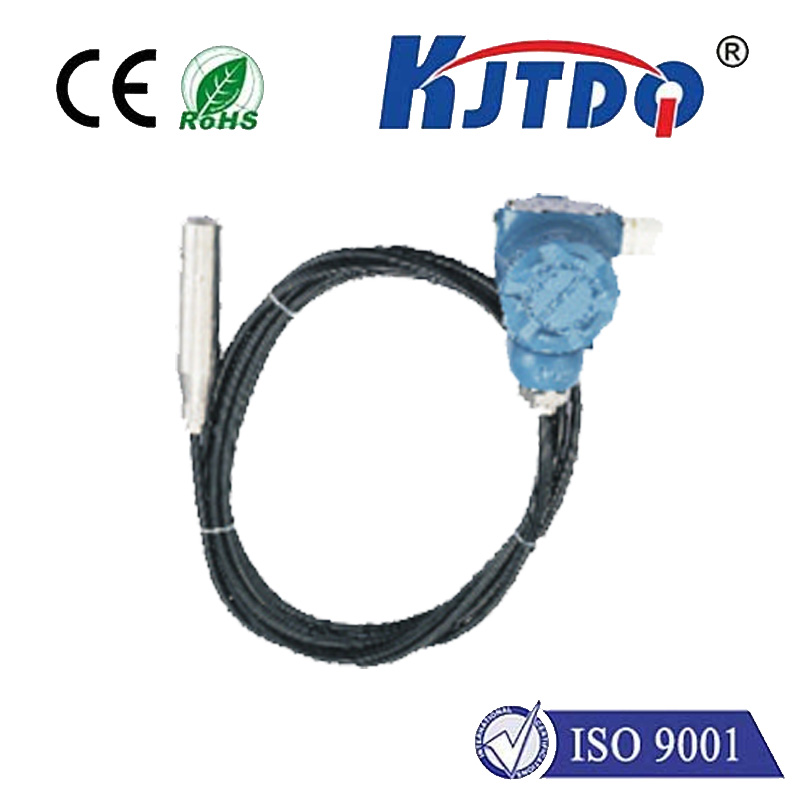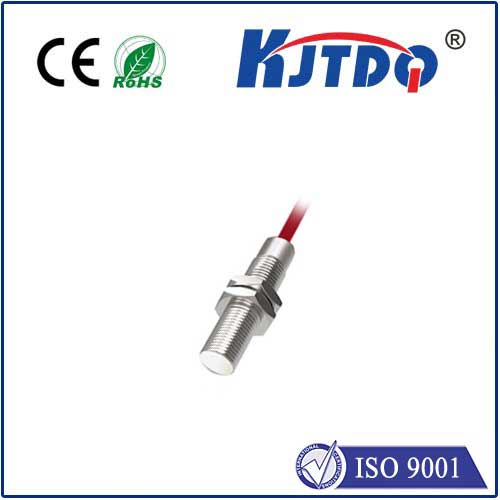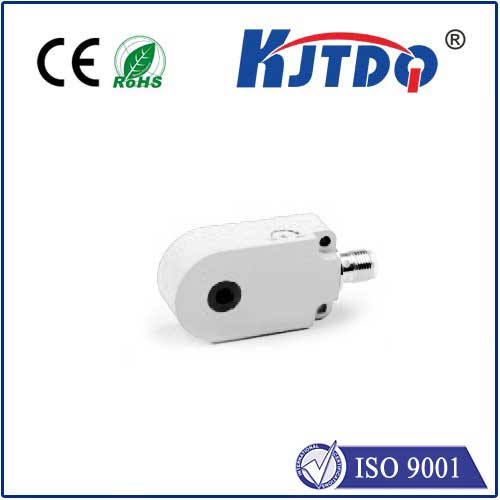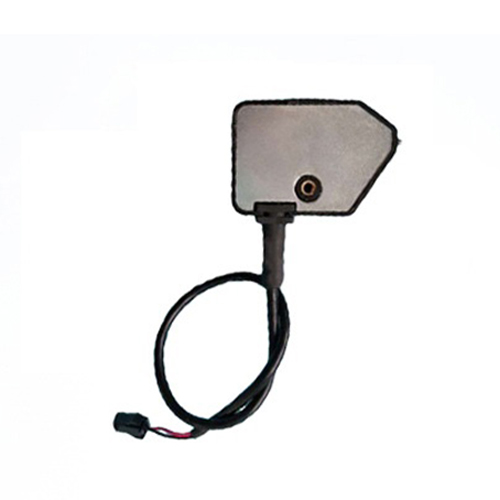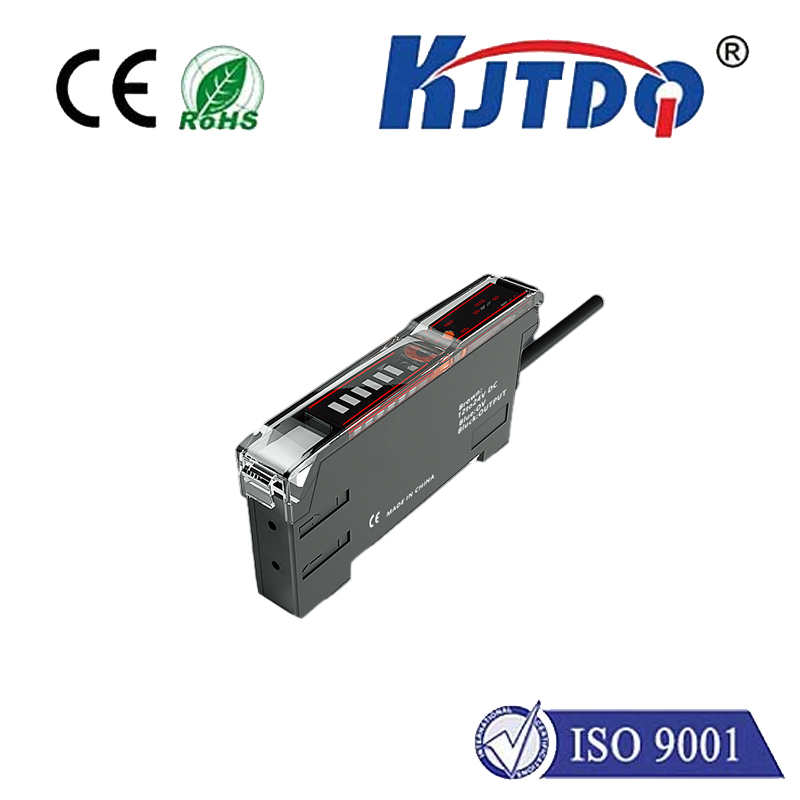tof laser range sensor
- time:2025-08-27 12:19:19
- Click:0
Beyond the Beam: Understanding TOF Laser Range Sensors for Precise Distance Measurement
Imagine a self-driving car navigating a complex urban environment, instantly calculating the distance to pedestrians, other vehicles, and curbs. Picture a robot arm in a factory, delicately picking up components with millimeter-perfect positioning. Envision a drone mapping a disaster zone, creating accurate 3D models from the air. At the heart of these real-world marvels often lies a sophisticated piece of technology: the Time-of-Flight (TOF) Laser Range Sensor. This advanced sensor technology is quietly revolutionizing how machines perceive and interact with their surroundings by delivering high-speed, highly accurate distance measurements.
Demystifying the TOF Principle: Light Speed as a Ruler
Unlike traditional methods relying on triangulation or phase shifts, the fundamental principle behind a TOF laser range sensor is elegantly simple: it measures the time it takes for a pulse of light to travel to a target and back. Since the speed of light (c ≈ 3 x 10^8 m/s) is a known constant in a given medium (typically air), distance (d) can be calculated using the formula:
d = (c * t) / 2
where t is the measured time-of-flight. The division by two accounts for the round-trip journey of the light pulse. Modern TOF sensors utilize high-speed electronics capable of resolving incredibly short time intervals – often in picoseconds (trillionths of a second) – translating into millimeter-level or even sub-millimeter accuracy over significant distances.

Core Components and Operation
A typical TOF laser range sensor integrates several key elements:
- Laser Diode: Emits short, precisely controlled pulses of infrared (IR) light, often at wavelengths like 850nm or 940nm, invisible to the human eye for safety and reduced environmental interference.
- Optics: Collimates the emitted laser beam and collects the reflected light efficiently.
- Photodetector: A sensitive semiconductor device (like an Avalanche Photodiode - APD or Single Photon Avalanche Diode - SPAD) that converts the returning, often very faint, light photons back into an electrical signal.
- Precision Timing Circuitry: The electronic “stopwatch” that measures the interval between the emission of the laser pulse and the detection of the return signal with extreme accuracy. This is the heart of the Time-of-Flight measurement.
- Processing Unit: Calculates the distance based on the measured time and performs necessary signal processing (e.g., filtering noise, averaging multiple measurements).
Why Choose TOF? Key Advantages Over Alternatives
TOF laser sensors offer a compelling blend of features that make them suitable for numerous demanding applications:
- High Speed: They can perform thousands to millions of distance measurements per second, enabling real-time perception and reaction in dynamic environments like robotics and automation.
- High Accuracy & Precision: Capable of delivering consistent, reliable measurements over their operational range, often outperforming ultrasonic sensors and simple IR proximity sensors.
- Long Range Capability: While range varies by model (from centimeters to hundreds of meters), TOF sensors generally offer longer ranges than triangulation-based sensors at comparable accuracy levels.
- Robustness: Performance is largely independent of target color, texture, or reflectivity (within the sensor’s specified operating parameters). They also handle challenging lighting conditions, including direct sunlight or darkness, much better than many camera-based systems.
- Compact Size & Simplicity: Modern solid-state designs allow for relatively compact sensors with straightforward data interfaces (e.g., analog voltage, digital UART/I2C, Ethernet).
- Single-Point Focus: Ideal for applications where knowing the precise distance to a specific point is critical, rather than generating a full scene map.
Versatile Applications: Where Precision Distance Matters
The unique strengths of TOF laser range sensors have led to their adoption across diverse fields:
- Industrial Automation: Level monitoring in silos/tanks, presence detection on conveyor belts, robot guidance for pick-and-place, collision avoidance on AGVs (Automated Guided Vehicles), dimension measurement.
- Robotics: Essential for navigation (obstacle avoidance, SLAM - Simultaneous Localization and Mapping), terrain assessment, precise manipulation.
- Autonomous Vehicles & Drones: Core technology within LiDAR (Light Detection and Ranging) systems for obstacle detection, terrain mapping, and localization.
- Logistics & Warehousing: Pallet dimensioning, forklift positioning, automated storage/retrieval systems (AS/RS).
- Consumer Electronics: Gesture recognition in smartphones/VR headsets, autofocus enhancement in cameras.
- Building Automation: People counting, intelligent lighting control, automatic door operation.
- Surveying & Construction: Distance measurement for layout or equipment positioning.
Implementing TOF Sensors: Key Considerations
While powerful, successful integration requires attention to several factors:
- Target Properties: Highly absorptive surfaces (e.g., black velvet) or transparent/reflective targets (e.g., glass, mirrors) can significantly impact the strength of the return signal and measurement reliability. Understanding the sensor’s minimum/maximum reflectivity requirements is crucial.
- Environmental Conditions: Factors like temperature fluctuations can affect internal timing circuits (though many sensors compensate), and airborne particulates (dust, fog, smoke) can scatter the laser beam. Optical interference from other light sources (including other TOF sensors operating nearby) must also be managed.
- Field of View (FoV): The sensor’s FoV dictates the area over which it reliably detects targets within its range. A narrow FoV is good for precise point measurement; a wider FoV helps in obstacle detection.
- Range & Accuracy Specifications: Clearly identify the required operational distance and the level of precision needed for the application. These factors heavily influence sensor selection and cost.
The Future of TOF Sensing
Advancements continue to push the boundaries of TOF laser range sensor technology. We see trends towards:
- Higher Integration: Combining the laser, detector, and complex processing circuitry into even smaller system-on-chip (SoC) solutions.
- Lower Power Consumption: Critical for battery-powered devices like drones and mobile robots.
- Multi-Zone Capabilities: Sensors capable of reporting distances to multiple points within their field of view simultaneously.
- Enhanced Performance: Improved immunity to ambient light, better handling of difficult surfaces, and increased maximum range.
- Cost Reduction: Wider adoption drives economies of scale, making this precise technology accessible for more applications.
From the factory floor to the open road, TOF laser range sensors provide the critical spatial awareness that intelligent systems demand. By harnessing the constant speed of light to measure time-of-flight with remarkable precision, these sensors offer a powerful blend of speed, accuracy, and robustness. As technology evolves, they are poised to become even more integral, enabling new levels of autonomy, efficiency, and functionality across countless industries.






